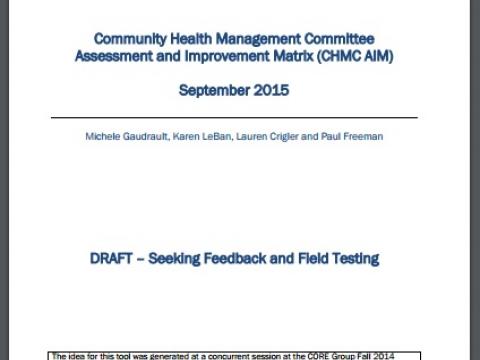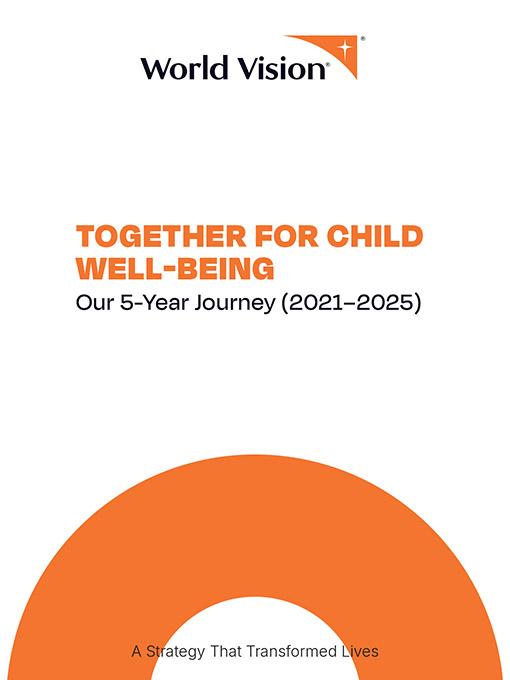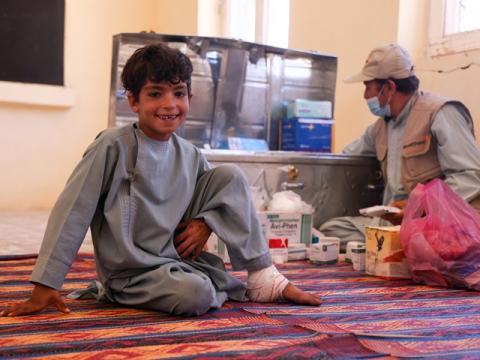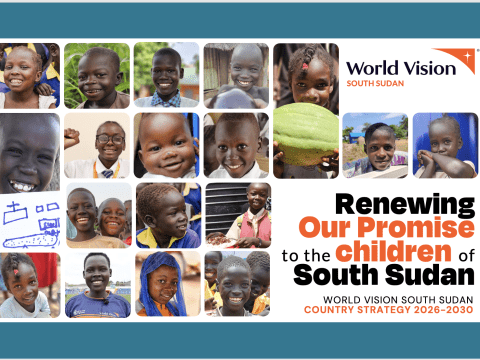Community Health Management Committee Assessment and Improvement Matrix
Download
In 1989, WHO recommended that an effective Community Health Worker (CHW) program have the support of a group composed of members of the community who have active links with the health sector and improve governance at the local level. We refer to these groups as community health management committees (CHMCs) known by different names, such as village health committees, community health committees, ward health committees, community advisory boards, and health management committees. In most countries, these management structures provide support to the CHW at the community level and a bridge to the health system, may also be linked with the local political system and may also perform functions such as assessing and tracking local health status and issues, mobilizing for action and advocating for improved health services. Well-functioning committees can describe their roles and responsibilities and how they relate to other groups, including the CHWs, the health facility, and the district health authorities.
While many countries have active community health management committees, they are generally weak. This draft tool has been developed to help organizations assess CHMC program functionality and improve program performance. An assessment of existing issues may help a ministry plan and budget for ongoing support. Built around a core of 14 components deemed essential for effective programs, CHMC AIM is meant to be used as a guided self-assessment and performance improvement process to help organizations identify program strengths and address gaps. The approach enables a diverse group of participants to score their own programs against the 14 programmatic components and 4 levels of functionality. Following the review, participants use the results to develop action plans to address weaknesses in performance.



